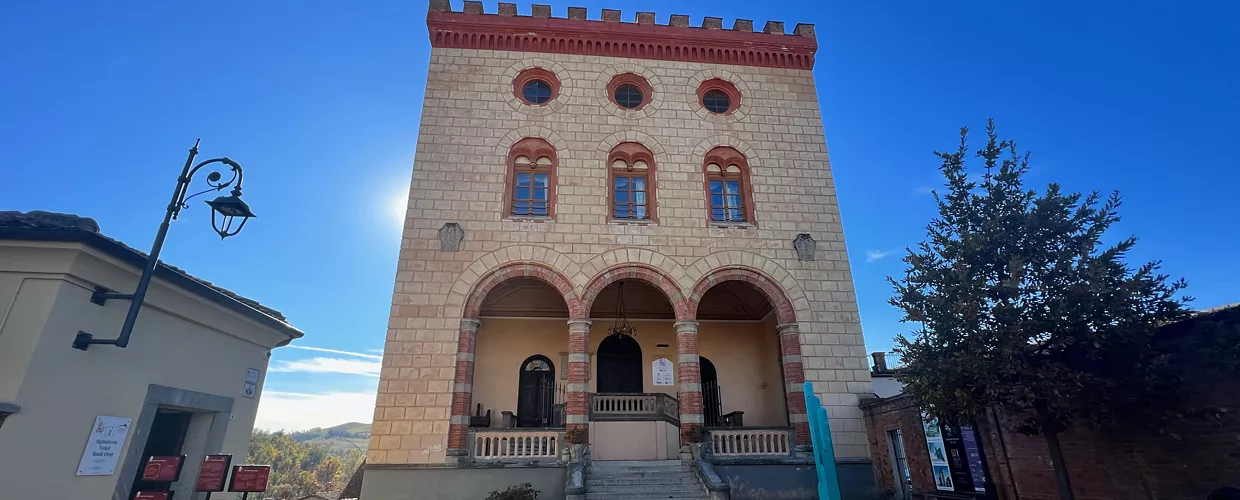This content was automatically translated. View the original text.


Overview
The history of Falletti Castle is believed to have begun, given the absence of historical documents on its birth, in the 10th century, when Berengar I allowed the local feudal lord to erect an effective defence against the frequent raids of the Hungarians first and the Saracens later. Little remains of the original structure: the donjon, still visible today, is part of it. The first written evidence dates back to the 13th century in a deed of transfer of ownership by the lords of Marcenasco in favour of the municipality of Alba, who, a few years later, ceded it to the Falletti family, who significantly renovated it and made it the permanent home of a branch of the family.
The land register of 1524 mentions the presence of some thirty houses around the castle, houses that gradually disappeared to make way for later appendages of the castle itself. In 1544, however, it was ruined and plundered by the French governor of nearby Cherasco during the long wars of the time. It was later up to Giacomo and Manfredo to repair the major faults, making further improvements. The new one, the result of 16th-century alterations, remained substantially unchanged until 1864, the year of the death of Juliette Colbert, the last Marquise Falletti. In the meantime, the castle had already decayed into a country residence due to the relocation of the Falletti family's main residence to Palazzo Barolo in Turin in 1814.
Among her illustrious guests during the Falletti's last period was undoubtedly Silvio Pellico, introduced to the marquise by Cesare Balbo after his ten-year imprisonment in the Spielberg, who became a close friend, trusted advisor and administrator of the Falletti library over the years. Pellico and the Marquise used to spend long days together between Falletti Castle and the Volta Castle, reading and talking. Upon Colbert's death, the Falletti castle passed to theOpera Pia Barolo, which, with heavy renovation work that profoundly altered its structure, transformed it into the Collegio Barolo. The role of the College, active until 1958, was to give economically disadvantaged children a chance to study. In 1970 it was purchased by the Barolo municipality, thanks mainly to a public subscription to which many contributed generously. Over the years it has been extensively restored. The castle is currently home to the Wine Museum (WI.MU.).